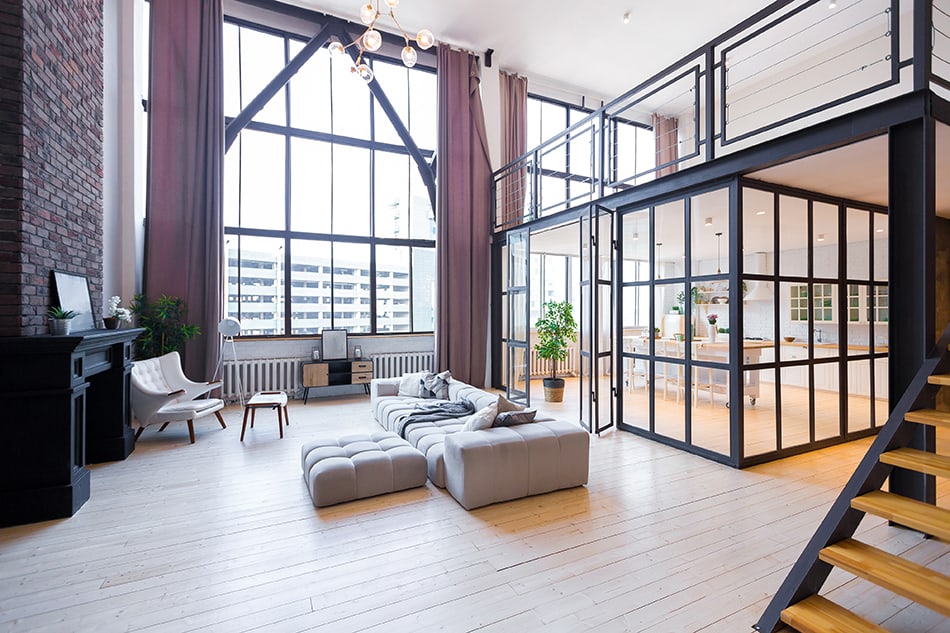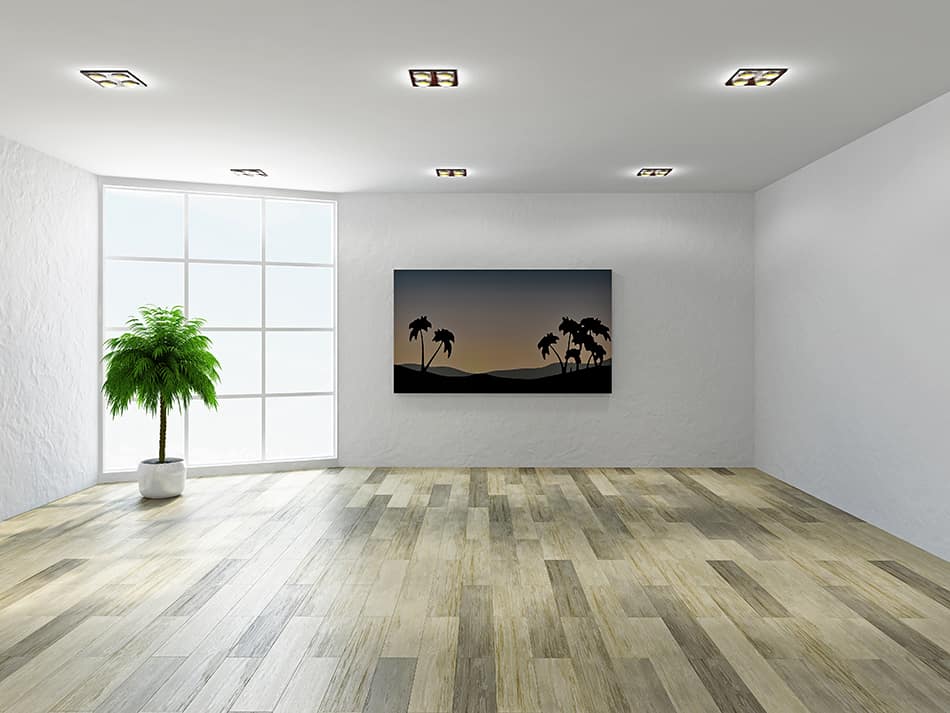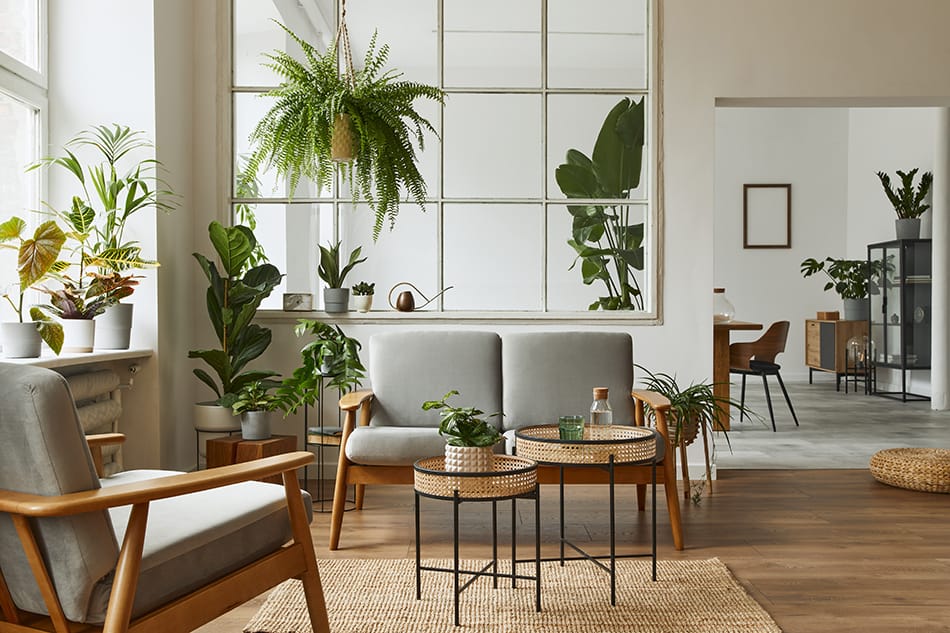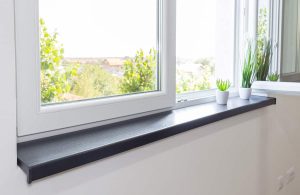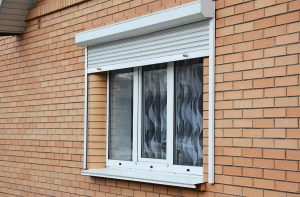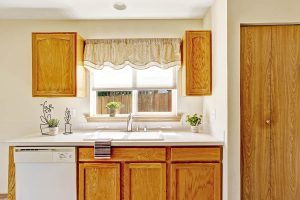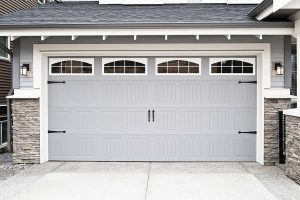We usually refer to a window as an external part of a house that connects the outdoors and the indoors. But that’s not really true. There is an indoor window, which is placed inside a house. It is used in many houses nowadays to separate rooms and spaces but still light up the room with natural light and improve air circulation.
So what’s exactly an indoor window? When and when not using it? We’ll explain this in this article. We’ll also go over some of the indoor window ideas you can pick for your homes.
What is an Indoor Window?
An indoor window, also known as an internal window, is a window that is fitted into an internal wall of a house. It would not give you a view to the outside of the property but instead might be installed between a kitchen and a dining room so that you can see through to one room while in the other.
Why Install an Indoor Window?
There are a number of reasons someone might decide to install an indoor window in the home, as they have several benefits. These include:
Improve Natural Light
Some rooms in a property will be naturally darker than others due to where the window is positioned in reference to where the sun rises and sets. South-facing rooms will be well lit with natural light for most of the day, while rooms with windows in a north-facing direction can receive very little natural light.
In this instance, you may opt for an indoor window on the southern wall of the room so that natural light can flood into the dark space from other angles. Some properties will have rooms with no external windows at all, and in this case, installing an indoor window to allow natural light into the room will be a much more cost-effective option than creating a hole in the external wall of your home for a regular window.
Create the Illusion of Space
If you have several small rooms in your home which back onto each other, you might have considered removing walls to open up the space and create an open-plan living. The reason this type of renovation has become popular is in part because the result is one large area instead of two or more small areas.
However, removing walls is a messy and costly endeavor, and it can sometimes result in unintended issues. For example, do you really want to be able to hear your kitchen dishwasher working while you’re eating dinner in the dining room? Indoor windows are a great option for achieving the feel of a large open space while still keeping the rooms physically functioning separately on a practical level.
By installing an indoor window between two rooms, you elongate your sightline while standing in one room, which gives the illusion of having a much bigger space.
Improve Air Circulation
Having indoor windows between rooms that have the ability to open can greatly improve air circulation within the home. If you live in an area that experiences hot summers, then having increased ventilation will help keep temperatures down and aid in the comfort of all people in the home.
This is achieved because having an indoor window open encourages air to flow in through an external window and be distributed throughout the house via the indoor window.
This is especially useful if you have rooms where you want to keep the door closed, for example, to keep a pet in one room, but you still want the air to be able to flow between the rooms. An indoor window will allow the air to circulate while you keep the internal doors shut.
Accentuate a View
If you have a particular room that you enjoy looking at, such as a library or a formal dining room, then you can make the most of it by installing an indoor window that allows you to appreciate the view from the next room.
You might also want to showcase your impressive kitchen to guests, but as a kitchen is a room that is rarely used by visitors, they can instead enjoy looking at the kitchen through an indoor window from another room.
Create a Sound Barrier
An indoor window is an excellent solution for instances where you want to remain accessible but you don’t want the noise to travel. Office spaces commonly have indoor windows where colleagues can see each other but cannot hear each other because the glass works as a sound barrier.
You could install indoor windows in your office if you want to keep an eye on your staff while allowing them the privacy of conducting business phone calls that nobody else can hear. Indoor windows are also a good addition to the home for the same reason.
You might want to install an indoor window between your living room and a children’s playroom so that you can watch them and make sure they are safe while not being able to hear them squealing or playing loud music. An indoor window will also work well if you need peace and quiet to work but still don’t want to feel entirely cut off from the rest of the family.
Style Feature
Although indoor windows offer plenty of functional and practical benefits, they can also be installed simply as a design feature to define the style of a room.
A reclaimed window will give your space a rustic feel, while a vintage window from the 1930s can give your interior an art deco edge. You could also look at streamlined windows with slender frames to encourage a more modern, minimalist feel in a space.
When Should You Not Install an Indoor Window?
There are some drawbacks to having indoor windows in a property, which you should consider before making the leap and having one installed. These include:
Extra Cleaning
There’s no escaping the fact that glass gets dirty easily. If you have children who can’t help but touch everything they see, then you’re going to spend a lot of time cleaning fingerprints off your indoor windows.
Breakable
Indoor windows are usually built from toughened glass unless you buy a reclaimed window for a vintage look which might be made from more brittle glass. Even the strongest windows are still much more breakable than a wall. If there are members of your family who might throw toys inside or hit objects against the window, then having an indoor window might become a concern.
Expense
Having an indoor window installed can be expensive, depending on the size and type of the window. If the window makes a big difference to the space and helps it to be more usable, then you may feel that the expense is worth it. However, if you find that you don’t like the window once it’s installed, then it won’t be an easy fix as you’ll be left with a gaping hole in your wall.
Privacy
Indoor windows aren’t ideal for use in all rooms, for example, in bedrooms or bathrooms where privacy is important. Even the use of frosted glass can still inhibit privacy and make the occupants of the room feel vulnerable and uncomfortable using the space.
Indoor Window Options
Privacy Glass Indoor Windows
If you want to let light flow between rooms but are worried about privacy, then you can opt for privacy glass windows. Frosted glass is a popular choice that allows light to pass through it but prevents any objects from being seen. Etched glass or stained glass is also an alternative option to improve privacy while benefiting from more natural light.
Floor to Ceiling Indoor Windows
Floor-to-ceiling indoor windows can really give the impression of open-plan living while having the benefit of keeping the two rooms separate.
They work as a space divider while keeping the feeling of the space being large, open, and airy. They can work well in office settings where you want full visibility and transparency between staff and colleagues but with the option of completely blocking out the noise.
You can also fit blinds or curtains to floor-to-ceiling indoor windows so that you can also visually separate the two rooms if you want to.
Waist Height Indoor Windows
Waist-height indoor windows are popular between kitchens and dining rooms. This is because they sit just above the height of the counter and give the feeling of a kitchen diner.
Having indoor windows at this height is useful because it means they won’t interrupt too much with the positioning of furniture, as you’ll still be able to place sofas, short bookshelves, and other items of furniture on the opposite side of the window without it obstructing the view.
Opening Indoor Windows
If airflow and improved ventilation are important to you, then an indoor window that has the ability to open will be essential. You can open the window during high temperatures to allow fresh air to flow through the house and close the window back up when it is cooler or when you want the sound between the rooms to be blocked.
A window that opens also gives you the option of listening in on what’s happening in the next room, for example, to check that what your children are watching on TV is appropriate or to call through the window and let them know it’s dinner time.
The drawback of having an indoor window that opens is that they are usually more expensive. They can also have a more bulky look compared to a window that doesn’t open, which could be an issue in a sleek and minimalist space.
